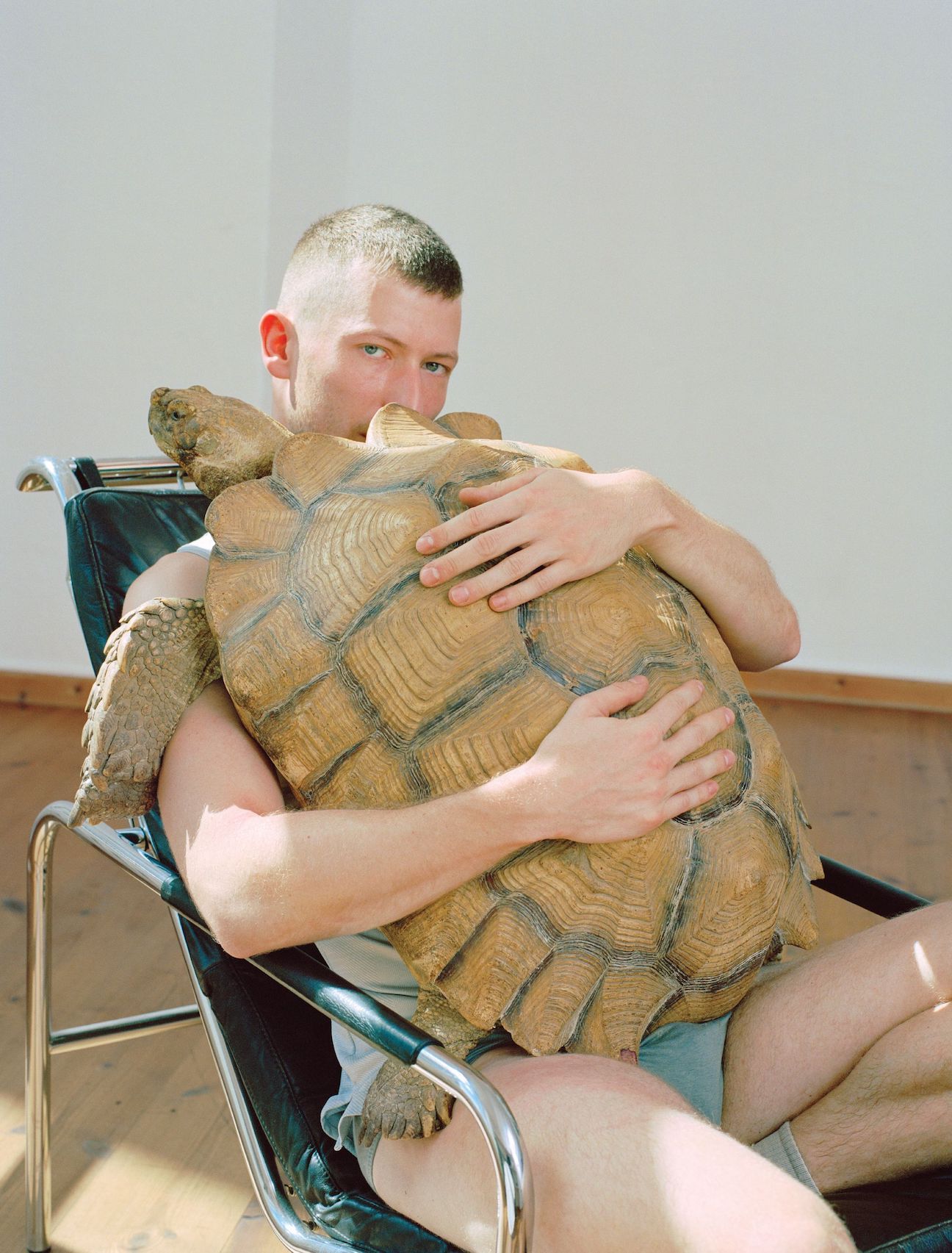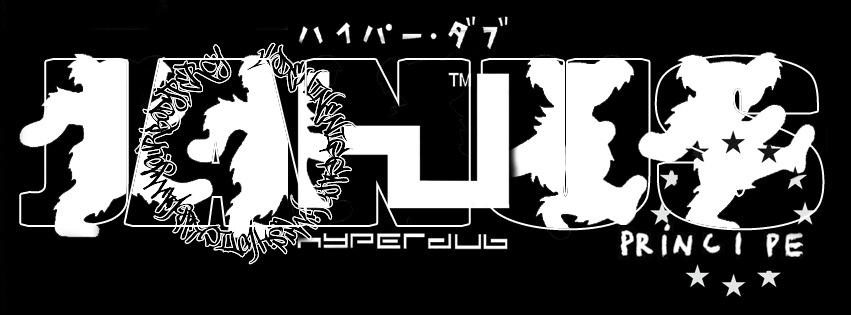Twisted Femmes: ANNA UDDENBERG’s Uncompromising Sculptures
Twisted into a pretzel, ass up and selfie stick pointed at it; crawling into a stroller or bent backwards over a carry-on suitcase: Anna Uddenberg’s sculptures find themselves in positions we are inclined to describe as “compromising.” Cast from resin and plaster, dressed up in reflective thongs, dangly belly button piercings, puffy coats and crocs, their names are Lady Unique #1-3, Cutesy Counts or Journey of Self Discovery. Their flexibility is remarkable. The viewer’s impulse to describe their poses as above, or “degrading” even, is precisely what the Swedish artist is getting at. The point is that this is a narrative the viewer places upon the sculpture, not a pose it inhabits. “Giving the viewer everything that they need to be able to feel that they’re consuming art here is actually as superficial, if not more superficial. That whole idea of wanting something from art like that is very based on a consensus. It’s not breaking any rules,” Uddenberg addresses the conversation that has unfolded around her work, which exactly mirrors the concept at the heart of it.
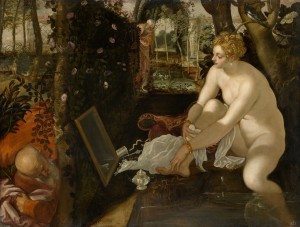
In a 1972 episode of his TV programme Ways of Seeing, art critic John Berger dissects the tradition of the nude in European art history on the example of Susanna and the Elders. Painterly renditions of the biblical story often show Susanna looking out of the painting at the viewer, the “spectator-owner” as Berger calls him, or at herself in the mirror. “She sees herself first and foremost as a sight, which means a sight for men. Thus, the mirror became a symbol for the vanity of women, yet the male hypocrisy in this is blatant: you paint a naked woman because you enjoy looking at her, put a mirror in her hand, and call the painting Vanity, thus morally condemning the woman whose nakedness you have depicted for your own pleasure,” Berger observes pointedly.
Female narcissism obviously is a misogynistic concept. “Being a feminist is about defeating, fighting those ideas. But actually, what a lot of gender studies has been about is looking into what’s masculine, figuring out what masculinity is, and how to conform to it maybe. Feminism’s ideal is a middle class white butch. ‘Don’t do feminine things.’ This excludes so many ethnicities, and models of femininity,” says Uddenberg. Her sculptures currently on view at the 9th Berlin Biennale explicitly do not follow this doctrine. Their stylized bodies are caricatures of what a “woman” “looks like,” yet their hyper-femme physique, positioning and accessories capture something about the way we look at ourselves. They are both object and subject. They turn you on, yet they repulse you. Their agency is palpable, but their intentions are intangible. “I’m also very alienated from femininity,” says Uddenberg.
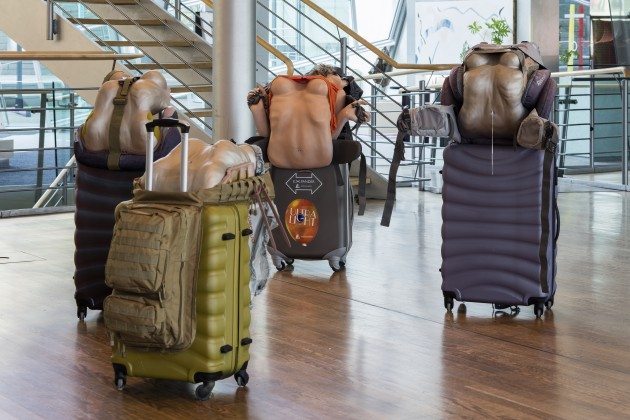
The marginalized body is not easy to love. It requires a radical change of perspective to recognize its strengths rather than loathe it for the weaknesses it comes to stand for. Inspecting interpersonal relationships and power dynamics provides powerful insight here. Uddenberg’s practice is rooted in performance works like The Girlfriend Experience (2009). Inspired by the impersonal intimacy of the relationship between the escort and her customer, “I was trying to see how you perform being a girlfriend, basically. The term ‘girlfriend’ summed up a kind of character, and I looked into escort agencies to see how they would present themselves and their qualities. ‘Loving,’ ‘caring,’ ‘I’m an ultra feminine girl’ – I used to know this by heart. I found the language very similar to the language of a CV. How you promote yourself is personal, but also very generic. I do find it interesting how something that is supposed to be intimate actually contains clearly defined roles. A girl has a very clear set of personalities to be. These things are real. It’s not something that we pretend or make up. We live through these scripts.”
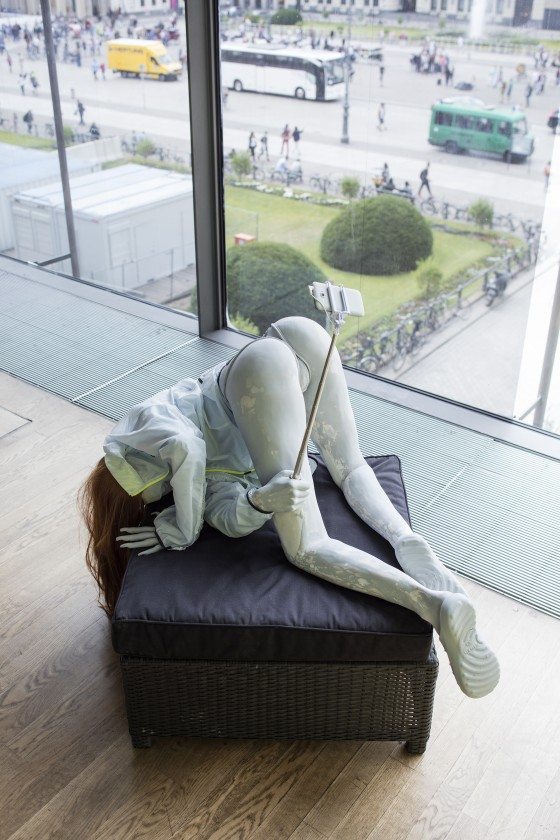
The power of Uddenberg’s work lies in her will and ability to embrace this irritating multiplicity: playing into societal ideas of the submissive femme also allows one to charge what is called stereotype tax, a toll paid by the person doing the stereotyping for their preconceived notions. “What happens when you take on the role of the listener, when you’re actively listening to someone? In these power relations, you can creep up from underneath and rule the situation. You end up being on top, from the bottom.”
Who submits and who dominates is not always clear. “Cuteness can be utilized to direct people around you,” says the artist, “femininity is something you perform, and it’s about aesthetics.” Four waves of feminism in, what is widely perceived as strong, independent, powerful is still aligned with traits historically perceived as masculine. Uddenberg’s sculptures refuse to conform to this essentialism. Instead, they confront their audience with how it understands feminine appearances and characteristics: is she vulnerable, or is she flexible? Is this dichotomy real? Is she posing, and if so, for whom? Who is she? Perhaps posing more questions than they make statements – does it get more femme than that? – one thing you cannot help but realize looking at them, really looking at them, is: Don’t underestimate her.
